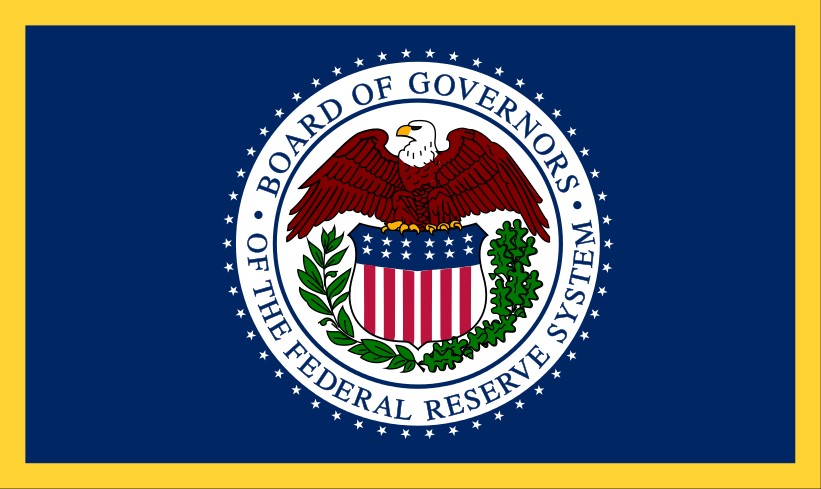Investment Strategies
US Raises Interest Rates – More Reactions

The era of ultra-low interest rates in the US is, it seems, beginning to end. We carry more reactions to the Fed's actions from earlier this week.
After the US Federal Reserve hiked interest rates by 50 basis points, or half a per cent, this week, it jolted economists and wealth managers into the realization that the era of ultra-low rates is ending. When inflation is considered, yields on cash-like assets are still poor or even negative, but the pattern is slowly changing. As inflation remains one of the big themes of 2022, here are more thoughts from wealth managers. (See a previous article here.)
Allison Boxer, US economist, PIMCO
Swift monetary tightening will likely continue through the
summer following the Federal Reserve’s first 50 basis point hike
in the Fed funds rate since 2000. The Fed also announced a plan
for balance sheet runoff. Ongoing inflation risks prompted the
May meeting’s notable policy moves: The Fed’s favored US
inflation measure exceeded 5 per cent in the first quarter, and
Fed officials continue to see risks to the upside.
So it’s no surprise that Fed policy appears squarely focused on taming inflation, and the officials excluded any mention of downside risks to growth from the May statement. We expect a rapid reversal of pandemic-era rate cuts through the summer Fed meetings, including another 50 bp hike in June, consistent with Fed Chair Jerome Powell’s comments in the press conference.
However, despite the large rate hike and clear resolve to continue to fight inflation, the details of May’s meeting and press conference were not as hawkish as many market participants had expected, and the bond market reacted accordingly. Powell downplayed the need for 75 bp rate hikes and emphasized that the Fed will need to be “nimble” to react to the ongoing evolution of economic data. This was consistent with PIMCO’s expectation that the rapid pace of tightening this summer will be followed in the fall and winter by continued, but less aggressive, rate increases.
We agree that the Fed will have to navigate nimbly in the coming months as it tries to tame high inflation without breaking the US economy. While the economy is starting from a position of strength, including stable household and business balance sheets, we see downside risks to growth amid a faster monetary tightening cycle, withdrawal of fiscal support, elevated geopolitical uncertainty, lockdowns in China, and depressed confidence levels, which will make the Fed’s desired soft landing difficult to achieve. The 1.4 per cent contraction in real US GDP in the first quarter was a reminder that reopening and rebalancing the economy will be a bumpy process. As growth slows, we expect the Fed will inject smaller moves and/or pauses into an otherwise rapid tightening cycle.
John Vail, chief global strategist, Nikko Asset
Management
The FOMC decision and Powell news conference were somewhat less
hawkish than expected, with Powell seemingly in no panic to reach
a neutral level, especially as there seems to be no consensus on
where that might be.
US Treasuries yields fell after the news conference, with the exception of 30-year rates, which were quite flat, indicating that the long-term bond investors did not take too much heart in the news, likely feeling that any slight slowdown in hiking speed now means little for the long term.
The overall news reduced depreciation pressure on the Yen, but also increased commodity prices, which is close to a 'wash' for inflation expectations in Japan. Natural gas prices in particular are soaring, on which Japan greatly relies.
David Kohl, chief economist, Julius Baer
Beyond this bold action, US Federal Reserve (Fed) Chair Powell
rejected the idea of even more aggressive action, like a 75 basis
points rate hike and the intention to slow the economy in order
to bring inflation down, delivering a rather dovish message. We
stick to our view of additional rate hikes in the June and July
meetings before slowing inflation will allow the Fed to slow its
pace of policy normalization.
As expected, the FOMC increased the federal funds target rate range by 50 basis points, to 0.75 per cent–1 per cent, and signaled additional rate hikes in the coming meetings. The shrinking of its balance sheet will start as planned in June by allowing securities worth $95 billion to mature each month. The major dovish surprise had been comments by Fed Chair Jerome Powell that a more aggressive policy normalization of rate hikes beyond the 50 basis points hikes would not be considered.
We continue to expect that the Fed will hike the federal funds target rate band by 50 basis points in each of the upcoming meetings, reaching a target range of 1.75 per cent to 2.00 per cent in July [2022]. In addition, Powell signaled that the Fed will maintain a neutral policy stance, dampening fears that they will try to crash record high inflation by slowing economic growth. The Fed’s challenge remains normalizing monetary policy from a highly expansionary stance without causing a serious economic slowdown.